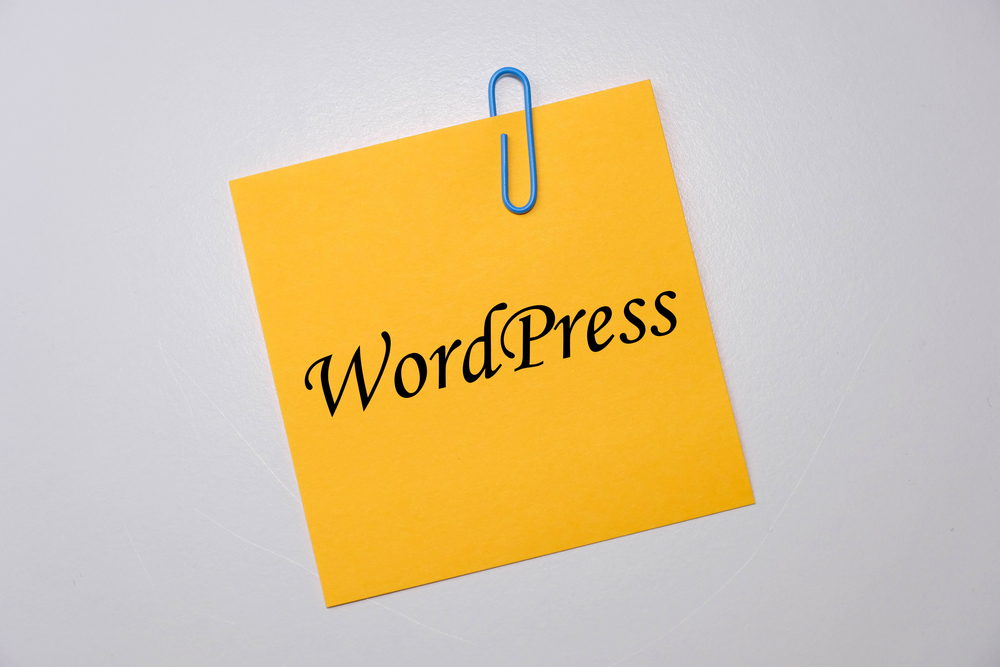
When it comes to digital marketing, blogs are a powerful tool for businesses to connect with their audience, drive traffic to their website, and establish themselves as industry leaders. However, simply having a blog on your website is not enough. To truly unleash the power of weblog website , you need to create compelling and engaging content that resonates with your readers.
Know Your Audience
The first step in creating compelling blog content is to know your audience. Who are you writing for? What are their interests, pain points, and challenges? By understanding your audience, you can tailor your content to provide them with valuable information and insights that speak to their needs.
Choose Relevant Topics
Once you know who your audience is, it's important to choose topics that are relevant to them. Keep up with industry trends, news, and hot topics to ensure that your content is timely and valuable to your readers. You can also conduct keyword research to see what topics are popular and in demand.
Write Compelling Headlines
Your blog headline is the first thing your readers will see, so it needs to grab their attention and entice them to click and read more. Use action words, numbers, and questions to create compelling headlines that pique curiosity and drive engagement.
Create Valuable Content
When it comes to creating blog content, quality is key. Make sure your content is well-researched, informative, and provides value to your readers. You can include tips, how-to guides, case studies, and expert interviews to make your content more engaging and valuable.
Use Visuals
Visuals can help break up text and make your content more engaging. blog website Include images, infographics, and videos in your blog posts to capture your readers' attention and make your content more shareable. Visuals can also help illustrate your points and make complex ideas easier to understand.
Format for Readability
When it comes to blog content, readability is key. Break up your content into short paragraphs, use subheadings to organize your content, and use bullet points and numbered lists to make your content scannable. This will make it easier for your readers to digest your content and stay engaged.
Encourage Engagement
Engagement is key to building a loyal readership. Encourage your readers to leave comments, ask questions, and share your content on social media. You can also include call-to-action buttons at the end of your blog posts to encourage readers to take the next step, whether it's signing up for your newsletter or contacting you for more information.
Promote Your Content
Once you've created compelling blog content, it's important to promote it to reach a wider audience. Share your blog posts on social media, send them out in your email newsletter, and reach out to influencers and other bloggers in your industry to have them share your content with their audience.
Monitor and Analyze
Finally, it's important to monitor and analyze the performance of your blog content. Use analytics tools to track metrics such as pageviews, click-through rates, and engagement to see what content is resonating with your audience. Use this data to inform your future content strategy and continue to create weblog site compelling and engaging blog content for your readers.
Frequently Asked Questions
1. How often should I publish a new blog post?
It's more important to focus on quality over quantity when it comes to blog content. Aim to publish high-quality, valuable blog posts on a consistent basis, whether it's once a week or once a month.
2. Should I include images in my blog posts?
Yes, including images in your blog posts can make your content more engaging and shareable. Just make sure to use high-quality images that are relevant to your content.
3. How can I brainstorm new blog post ideas?
Consider surveying your audience, conducting keyword research, and staying up weblog to date on industry news and trends blog to brainstorm new blog post ideas that are relevant and valuable to your readers.
4. How long should my blog posts be?
There is no one-size-fits-all answer to this question, as the ideal blog post length can vary depending on your audience and topic. Aim to provide enough information to fully cover your topic, while also keeping your readers' attention.
5. How can I measure the success of my blog content?
Use analytics tools to track key metrics such as pageviews, click-through rates, and engagement to measure the success of your blog content. Use this data to inform your content strategy and continue to create compelling and engaging blog content for your readers.
Other useful resources